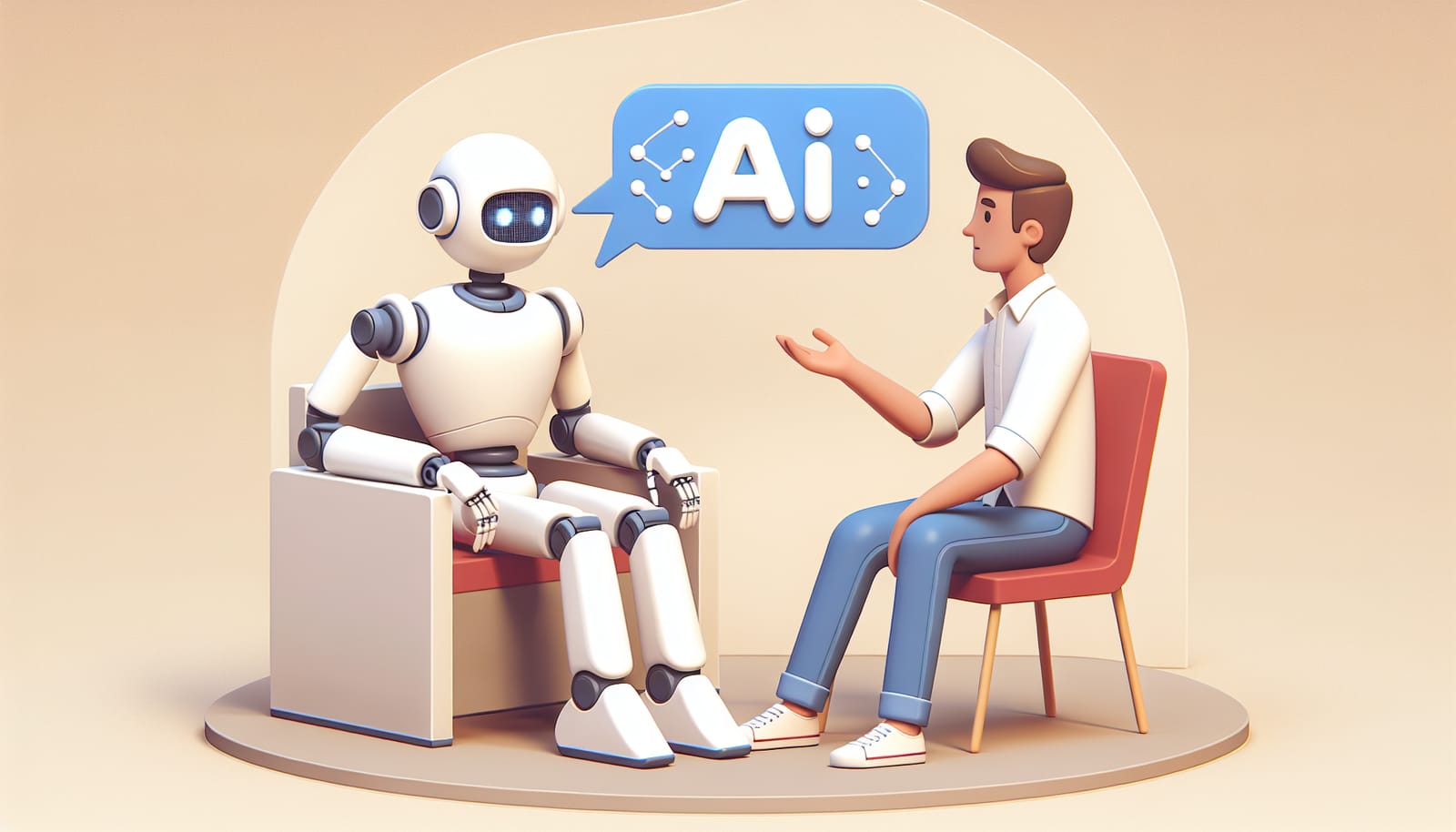Artificial Intelligence (AI) is often celebrated as a groundbreaking technology that promises to revolutionize our world. From helping doctors diagnose diseases to powering voice assistants like Siri and Alexa, AI is embedded in many aspects of our lives. However, there's a growing conversation about a critical issue: bias in AI. Many people believe that AI systems are objective and free from human prejudices, but this is far from the truth. In this article, we will explore the concept of bias in AI and uncover the reality behind the myth of the "objective machine."
What is AI and How Does It Work?
Before diving into bias, it’s essential to understand what AI is. Simply put, AI refers to computer systems that can perform tasks that typically require human intelligence. This can include things like learning from experience, recognizing patterns, and making decisions.
AI systems learn from data. Imagine teaching a child about animals by showing them pictures and names of different species. In the same way, AI learns from large sets of data, called training data. The more data it processes, the better it becomes at making predictions or decisions.
However, this brings us to a critical point: the data used to train AI can contain biases. Just as a child might form incorrect ideas based on the images they see, AI can learn skewed perspectives from biased data.
What is Bias in AI?
Bias in AI occurs when an AI system produces results that are systematically prejudiced due to the data it was trained on or the way it was designed. This can manifest in various ways, such as gender bias, racial bias, or socioeconomic bias. For example, if an AI system is trained on data that predominantly features images of one race, it may struggle to recognize or accurately interpret images of people from different backgrounds.
This is especially concerning when AI systems are used in critical areas like hiring, law enforcement, or healthcare, where biased outcomes can have severe consequences for individuals and communities.
The Illusion of Objectivity
One of the most dangerous myths surrounding AI is the belief that machines are inherently objective. This idea stems from the notion that computers, unlike humans, do not have emotions or personal biases. However, AI is only as objective as the data it is given and the algorithms that process that data.
In many cases, the developers of AI systems may unintentionally embed their own biases into the technology. This can occur during the data collection phase, where certain groups may be underrepresented, or during the algorithm design phase, where assumptions and choices can introduce inaccuracies.
For example, a facial recognition system that has been mostly trained on images of light-skinned individuals may perform poorly when trying to identify people with darker skin tones. This isn't because the machine is "racist," but rather because it lacks the necessary data to learn from a diverse population.
The Real-World Consequences of AI Bias
The implications of biased AI are significant and far-reaching. In the criminal justice system, algorithms used to assess the likelihood of reoffending have been shown to disproportionately label people of color as high-risk, leading to harsher sentences. In hiring, AI-powered tools may favor candidates based on historical data that reflects societal inequalities, perpetuating a cycle of discrimination.
These examples illustrate how bias in AI can reinforce existing disparities, making it crucial for both developers and users to recognize and address these issues.
Solutions and Moving Forward
So, what can be done to combat bias in AI? The answer lies in a multi-faceted approach:
Diverse Data Collection: One of the most effective ways to reduce bias is to ensure that the training data is diverse and representative of all groups. This involves actively seeking out data from underrepresented communities and using it to train AI systems.
Transparent Algorithms: Developers should strive for transparency in their algorithms, making it easier for others to understand how decisions are made. This openness can help identify and rectify biases before they lead to harmful outcomes.
Regular Audits: AI systems should be regularly audited for bias and fairness. This can involve testing the systems on various demographic groups to ensure they perform equitably.
Ethical Guidelines: Establishing ethical guidelines for the development and deployment of AI can help create a framework that prioritizes fairness and accountability.
Public Awareness: Educating the public about AI and its potential biases is crucial. The more people understand these issues, the more they can advocate for responsible AI practices.
The Future of AI: Possibilities and Responsibilities
As we look to the future of AI, we must remain vigilant about the potential for bias. While AI holds incredible promise, it is our responsibility to guide its development in a way that serves all members of society fairly.
By recognizing that AI is not infallible and that it reflects the complexities of human society, we can work towards creating systems that are not only efficient but also equitable. This means fostering an environment where diverse voices are heard in the creation of technology that impacts everyone.
The notion of a bias-free AI is a comforting illusion, but the reality is much more complex. Bias in AI is a reflection of the data and decisions made by humans, and it poses a significant challenge that we must address. By understanding the sources of bias and actively working to mitigate it, we can create a future where AI serves as a tool for empowerment rather than division.
As we continue to explore the possibilities of AI, let’s remain committed to fostering fairness, inclusivity, and accountability in technology. After all, AI is not just about machines; it’s about the people they serve. Together, we can ensure that AI is a force for good, benefiting everyone in our diverse world.


